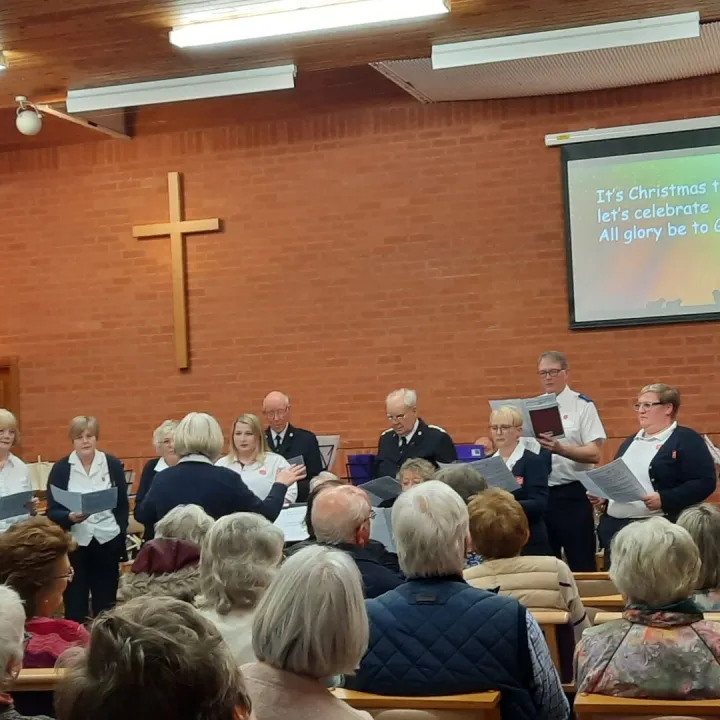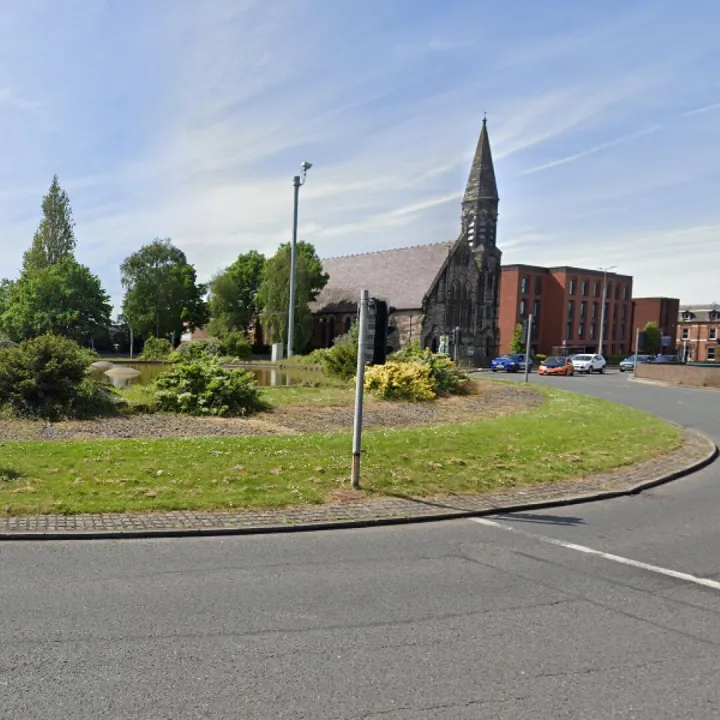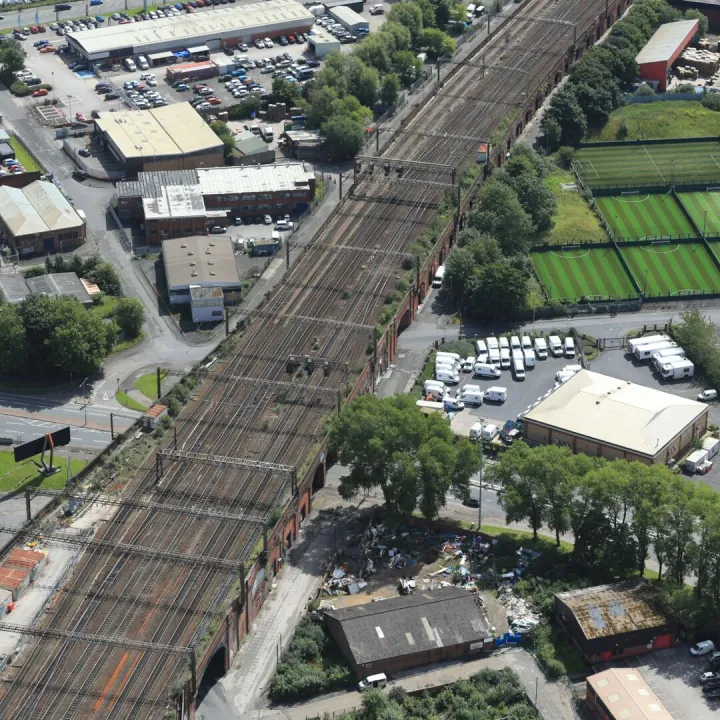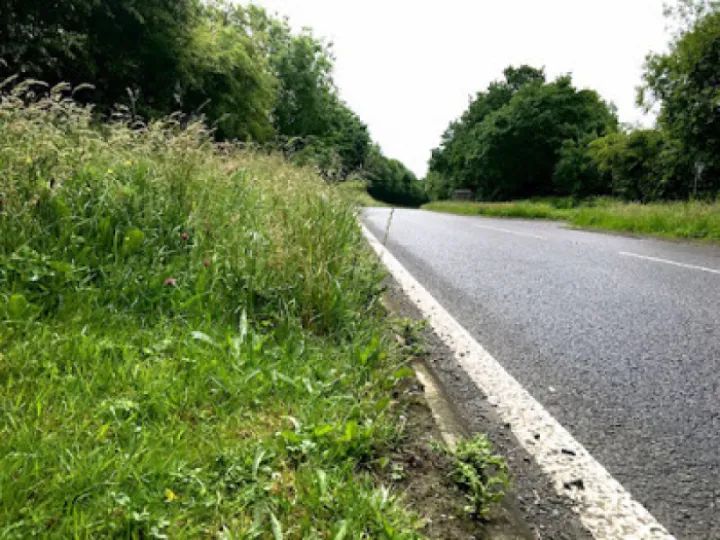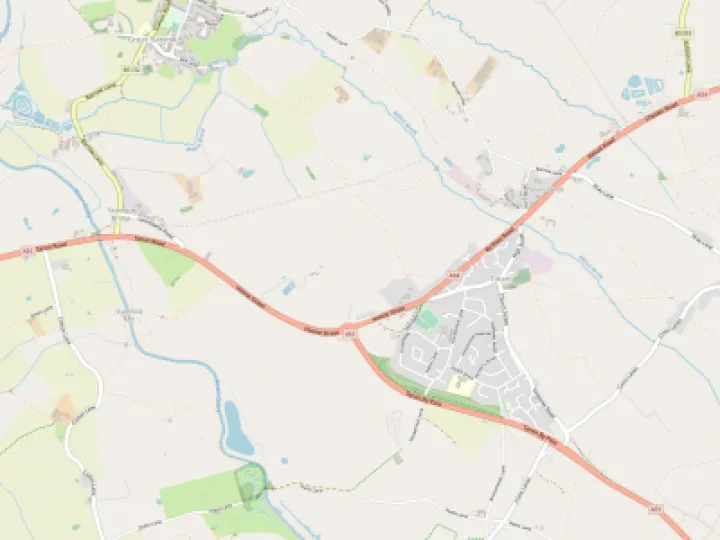Roadside Verges – a role!
There is a definite role for roadside verges!
Over the past few weeks, we have been commenting on the way that our roadside verges, left to themselves, can produce such a vast range of plants and flowers. Rather than looking untidy, they are full of flowers, of bees and other insects and of the birds that feed on the insects. Little by little, they have been forming their own ecosystems. Then, while reading back issues of "The Week" magazine, I came across a very brief mention of some research being done at Exeter University on the importance of road verges and hedges as both habitats and habitat networks for wildlife. This chimed so well with conversations that we have been having with other folk locally that I thought that I would follow it up and see how the research findings coincided with what we have seen and experienced in Tarvin.
The study has estimated that roadside verges (defined as the strip of land between the roadside and the fence) cover 1.2% of Great Britain. This apparently small percentage is actually nearly 1,000 square miles – an area the size of the County of Dorset. Researchers found that, of these verges, about a quarter are frequently mown, two-fifths are wilder grassland, one-fifth is woodland and the rest scrub. About a quarter of our road verges are mown very regularly to make them look like garden lawns. These are genuinely bad for wildlife. Research has already shown that reducing mowing to just once or twice per year (with exceptions being allowed only on the grounds of safety) would provide more flowers for pollinators, allow plants to set seed and create better habitats for other animals, as well as saving on the maintenance costs.
The two-fifths of the roadside verges that are wilder grassland can provide a vital refuge for pollinators – but they should be well managed, not just neglected. With many pollinator species in decline, the University of Exeter study shows that verges can provide food and a safe home for pollinators such as bees, butterflies and hoverflies. But the study emphasises that not all verges are equal – pollinators prefer less busy roads and areas deeper into verges. The parts of the verge that are within two metres of the road contains the fewest pollinators and this is often the most important part to cut for road safety and visibility. So, where possible, only this part should be cut in Summer. Ben Phillips (the Lead Researcher) said, "It was also found that cutting verges in summer, which removes wildflowers, makes them useless for pollinators for weeks or even months. ... Road verges can provide a fantastic home for wildflowers and pollinators, which is often lacking in our vast agricultural landscapes. ... But management is key – some road verges may need to be cut for safety, but at the moment we cut far more than we need to. Most verges are cut in summer – the peak of flowering – but where possible they should be left until autumn, when pollinators are less active."
Watching our verges in Tarvin village, I was beginning to feel rather smug, because the plants in the verges were growing well and the range of flower species growing amongst them was amazing. The verges on the main roads have also received less attention from the mower this year and, while they may not have the appearance of a public park, they have been providing more flowers and more nectar for insects, without any apparent detriment to the road users.
Then the contractors arrived around Tarvin. The verges look as if a farmer is about to come along with a swathe turner, prior to turning the cut vegetation into hay. However, it isn't going to be used – it will just sit on the top of the ground and gently decay. All the flowers, with the nectar that they could provide for insects, have gone. So, too, has the possibility of those flowers producing seeds that would help to improve the situation next year.
Am I cross at the contractors? No, of course not. They won a contract to do exactly what they have done and in doing so, they are earning their living. But who is it that decides that we need the verges cutting at this time of year and who is it that then awards the contracts? Can we influence them to leave our verges uncut until the end of Summer – and then cut them just once? Perhaps our Councillors – both District and Parish – would like to let us know what they think of this small step which would both save money AND help our hard-pressed environment. Sometimes, doing the right thing need not be expensive!
Quick Links
Get In Touch
TarvinOnline is powered by our active community.
Please send us your news and views.


